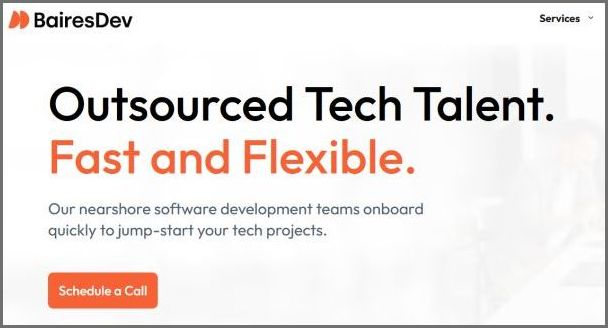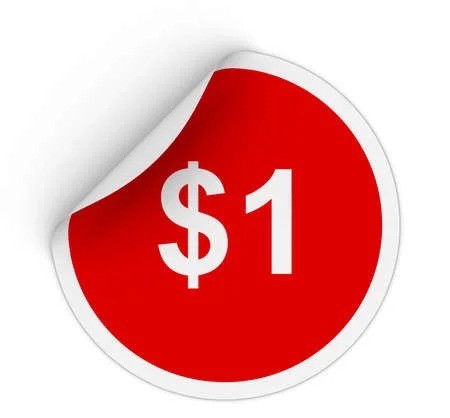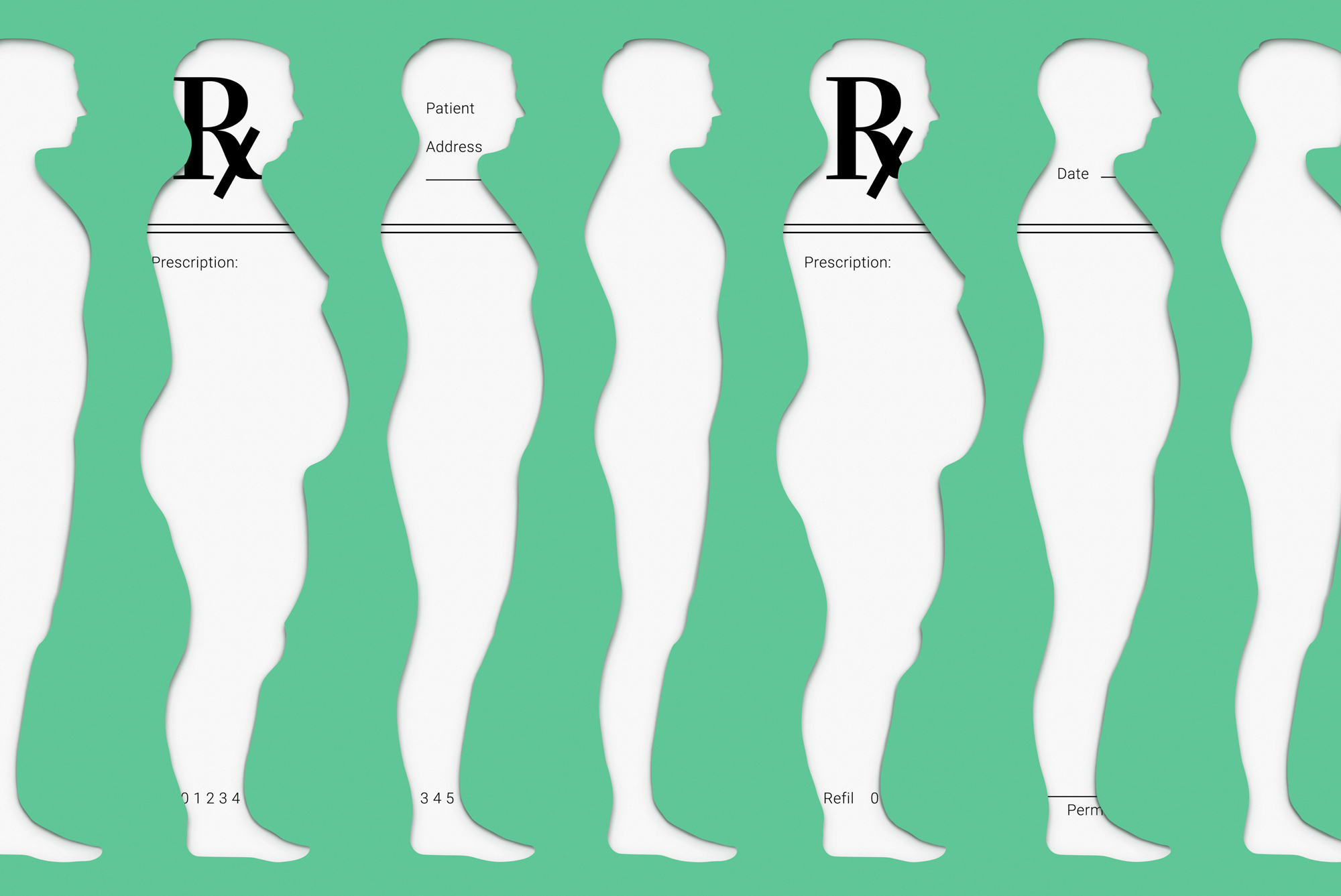Should We End Obesity? | Neuroscience Shows That Nightly Scents Could Boost Memory and Help Your Productivity | Fentanyl kills thousands every year in America. Will Europe be next? | 6 Tips On How To Write A Cover Letter For An Internship, With Example
For inquiries/unsubscribe issues, Contact Us |
We fight fake/biased news through human curation & independent editorials. Your support of ads like these makes it possible. Alternatively, get TradeBriefs Premium (ad-free) for only $2/month If you still wish to unsubscribe, you can unsubscribe from all our emails here Our address is 309 Town Center 1, Andheri Kurla Road, Andheri East, Mumbai 400059 - 437931932 |









No comments:
Post a Comment